The Chilean Barros Jarpa sandwich
Chileans love their sandwiches. The past 2 weeks that I’ve been researching this post, that’s been the refrain, the common thread throughout every article I read. Chile is a long narrow country with thousands of miles of coastline, passing through diverse climatological regions, where multiple waves of European immigrants have mixed their heritage in with indigenous traditions and the legacies of Spanish colonialism. Geography and history have conspired to create rich variety in their culture and cuisine. I do not pretend to any more expertise than what can be gained by skimming a few Wikipedia articles, but I find what I’ve learned in my brief exploration intriguing. It’s clear that Chileans love the good things in life; good wine, good food, and great sandwiches, or sánguches.
The Barros Jarpa is the first, and probably the simplest, of several Chilean sandwiches we’ll be covering on the Tribunal (including its older sibling the Barros Luco next month). In the process of pursuing this sandwich I visited four cheese shops, three bakeries, dozens of web sites, and finally contacted some American/Chilean food bloggers. I’m not 100% certain I got it right, but I did make one hell of a sandwich by the time I was done.
The List has this to say about the Barros Jarpa: “Ham and cheese, usually mantecoso, which is similar to farmer cheese.” The Barros Jarpa entry on Wikipedia elaborates a bit. “Barros Jarpa is a popular sandwich that includes ham and melted cheese.” OK, the cheese should be melted. The “Tasting Chile” wordpress blog is similarly verbose: “Hot ham & cheese sandwich.” Yes. Heat. That would likely be helpful in melting the cheese.
The morning before I started working on this post, I made a hot ham and cheese sandwich for breakfast in my jaffle iron, using Krakus brand Polish ham, German Butterkäse cheese, and standard grocery store bread. Was this a Barros Jarpa? Can it be that simple?
no need for a dumb sandwich website? but sir who will tell the world about my breakfast? answer:nobody pic.twitter.com/v3SBqnm88u
— Sandwich Death Panel Czar (@JimBehymer) October 1, 2014
The one consistent thing you’ll find in Google image search results for barros jarpa is a white or pale yellow cheese that is melted. Some of these sandwiches are on buns, some on sliced bread. Some use thin slices of cheap ham, some use thicker slices, some use ham steak. Some are piled high, others are more restrained. It seems like there is a lot of leeway for individual interpretation in this sandwich, but I wanted to try for what authenticity I could, despite a limited amount of data.
A Quest For Cheese
I decided to focus on the one hard data point I had: to try to track down this mantecoso cheese. But also I needed to understand what kind of cheese I was looking for in case I could not find it. If necessary, then, I’d be able to make smart choices about a substitute. The information I found though was frustratingly inconsistent. Mantecoso is, according to The List, a type of farmer’s cheese. However it is also “semi-hard… similar to Port Salut” but made using a method similar to St. Paulin or Tilsit; at the same time, it’s “pale yellow, with a yellow rind” and has a “bland, creamy taste”; it’s a type of Gouda but “more supple and made with whole milk”; and somehow it’s also a “type of Havarti.” The name Mantecoso means “buttery” but it also means that the cheese has an oily rind. If I wanted to substitute, “Port-Salut and fontina… are the closest equivalents in terms of flavour…”
Armed with all this information, I walked over to Mariano’s in the West Loop on my lunch break, hoping to find some mantecoso. I didn’t find any, but what I did find consistently at each of the places I visited looking for cheese, is that they were eager to talk cheese and to try to help me find something that would work. Each of them seemed to take something different away from my description, though, so no two came up with the same answer. Lucky me. I got to try many great cheeses, no two of them alike.
At Mariano’s, I explained what I was looking for, and went through some of the babel of information on Mantecoso I had gleaned. “Port Salut! We’ve got that!” he said excitedly, and pulled out a wedge for me, which I bought. He also recommended that I check out Eataly, which he described (without much exaggeration) as having thousands of cheeses. I appreciated his enthusiasm, and I also appreciated being directed to another potential source. The cheese he sold me was delicious.
After work, I made the trip to Eataly and talked to the cheese guy there. “Chilean? No, we only carry imported Italian and artisanal domestic cheeses,” he told me. But he asked me to describe the cheese anyway, and I complied. He didn’t have any cheese that he felt would fit what I was describing, but I asked him to bring me something like a farmer’s cheese to try anyway.
Farmer’s cheese, he explained to me, was an imprecise descriptor, and could mean any number of different simple rustic cheeses. Regardless, he brought me a sample of a cheese called Torta di Peghara from Lombardy that floored me, so I bought a wedge. (Here is another good writeup of this outstanding cheese.)
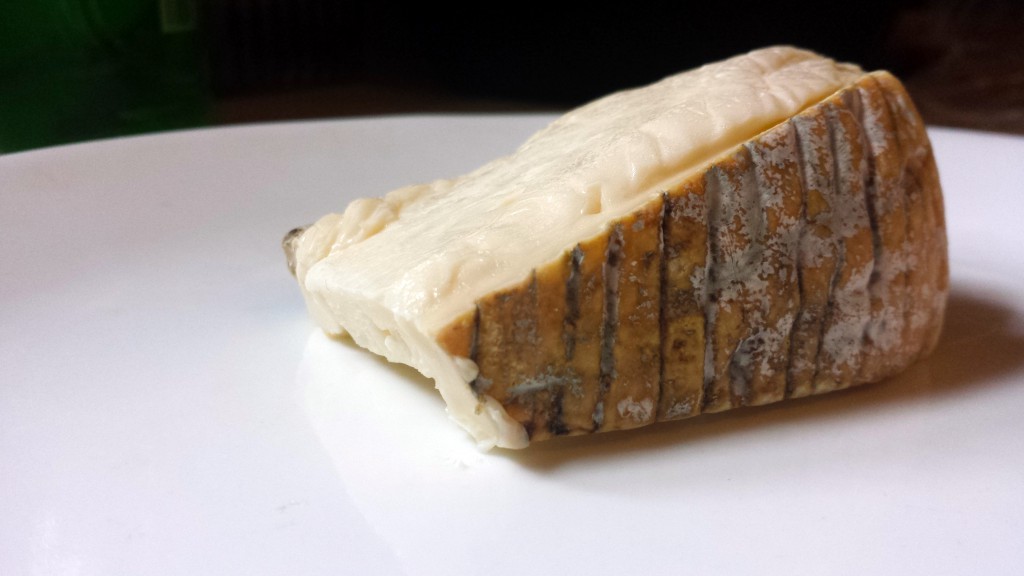
Torta di Peghara cheese. I couldn’t help myself, I had to have another taste before I took this photo.
Neither Port Salut nor Torta di Peghara were close to what I was looking for, and both of them would be wasted in a sandwich, but I made sandwiches of them anyway. I used simple Krakus deli ham on a basic oat bran bread.
The Port Salut was very mild, with just a slight tartness. It’s a soft cheese and melts well, but it gets a bit lost with the ham and the griddled bread, even a fairly nondescript bread like I used here. Later I had some with slices of apple, and that was, I think, its ideal use.
The Torta di Peghara melted even better, but its flavor was not as shy as the Port Salut. Completely the opposite, in fact. Biting into this sandwich was a shock to the system, the cheese equivalent of putting my tongue on a 9-volt battery; it was jolting, and almost too intense to eat. This cheese is definitely something to be sampled in small doses and paired with wine, meat, or other strong flavors that can stand up to it.
In a city like Chicago, though, there are many great places to buy cheese. On a nice day shortly after these experiments, I rode the El out to Oak Park on my lunch break and visited the Marion Street Cheese Market. I found the staff there very helpful and more than willing to let me try as many samples as I wanted. But again, no Mantecoso.
“I’ve heard of it,” said the cheese expert I spoke to, but she did not have anything in stock that she felt confident recommending as a substitute. I tried a few cheeses and took home a wedge of LaClare Evalon, a semi-firm goats milk cheese that had flavor like a Parmesan but a sliceable texture more like a Swiss cheese. I did not make a sandwich with this cheese but enjoyed it with some fruit and crackers and charcuterie.
On my way back to the office, on a whim, I popped into the French Market and checked in with Pastoral. They also did not have Mantecoso, but if the cheese sellers I’d spoken to previously had been happy to help me try and find a substitute, the guy at Pastoral was ecstatic about it. “This is the fun part of my job,” he told me, as he brought out cheese after cheese for me to try. He was a real cheese sherpa, gauging my reaction to each cheese and fine tuning his next selection, guiding me along a path defined by my own palate. I tried several unique and interesting cheeses but ended up taking home an Alpine cheese called Alpkäse Kohlschlag, which had an earthier, funkier flavor than any other Alpine cheese I’ve had.
I also picked up some Jamón Serrano at Pastoral, remembering the problem I’d had with the strong flavor of Torta di Peghara overwhelming the ham in its sandwich–not to mention the fact that I still had no idea what kind of ham to use for the Barros Jarpa. I made another sandwich.
The Jamón Serrano, as good as it is plain or combined with cheese, fruits, breads, etc., is not a good ham for a hot ham and cheese sandwich. Besides the fact that it is utterly wasted in this sandwich, the stretchy-chewiness of it makes for a difficult eating experience. Each bite of the sandwich threatens to pull the entire slice of ham, along with a layer of volcanic melted cheese, out from the bread and onto your chin. It tasted great though, and stood up well to this assertive cheese. The Alpkäse Kohlschlag was strong, compelling, not as demanding as the Torta di Peghara but nearly so. And the sandwich was awful pretty.
Hams Across America(s)
Around this time, I started to realize that I’d better try to find somebody who knew more than I did about Chilean sandwiches. I searched and came across a Chilean food and culture blog called Bay Essence, written alternately in English and Spanish by a married Chilean/American couple. Not only did they have a great-looking website, but they also had active social media accounts–Twitter, Facebook, Instagram. I contacted them on Twitter, where they encouraged me to email them with whatever questions I had.
I sent a typically long-winded and rambling email to them explaining what I was trying to do and why, and in essence asking three questions. What type of cheese should I use? What type of ham should I use? And what type of bread should I use? Francisco from the Bay Essence blog was kind enough to send me a very thoughtful reply.
“As a Chilean, you should know by now that we love sandwiches,” he wrote, confirming the one thing I was positive about, “especially if they have avocado in them.” He said that the Barros Jarpa is primarily a breakfast sandwich, and is typically one of the cheapest items on the menu at a Chilean cafe.
For the cheese, Francisco recommended a cheap young Gouda. He advised keeping the ham simple, so that it would not overwhelm the flavor of the cheese. And for the bread, Francisco recommended a Chilean Pan Frica–essentially similar to a brioche-style hamburger bun–or Pan Amasado–a crustier, chewier sandwich roll. He mentioned that a very good sliced bread would also work but that a cheapo grocery store sliced bread “would suck.”
Francisco had more advice to give beyond the answers to my three questions though. The real secret to this sandwich, he said, was that everything was heated up a la plancha. The bread, ham, and cheese should all be heated up on the same griddle before being assembled into the sandwich. This, he explained, this was the key to getting it right.
I Stop The World And Melt Some Cheese.
I was excited, and couldn’t wait to take another stab at the Barros Jarpa after learning this. I thought that I might have to make my own pan frica, or at least find a bakery where I could buy some brioche buns. But the more I looked at the pictures of pan frica I was finding, the more they looked like the buns used in Mexican torta sandwiches. And the more I thought about mantecoso meaning “buttery,” the more I thought about the Butterkäse I had at home.
So I stopped by St. Jude’s Bakery on my way home, just steps away from my train station, picked up several torta buns, and went home to make a quick sandwich. I split one using a serrated knife, spread butter on it, and griddled both halves. While those were browning, I griddled three slices of Krakus ham, flipped them, then melted 2 pieces of Butterkäse on top.
I assembled the sandwich and shared it with my sons. I knew I was on to something, but the sheer volume of the bun made the sandwich a bit dry, even with the juicy ham, melted cheese, and butter. Then I remembered something Francisco said. Avocados. Even though this is supposed to be a simple hot ham and cheese sandwich, there was no reason I couldn’t put avocado slices on it. In fact, according to my source, that would make it even more authentically Chilean!
The next day I picked up some Gouda, as Francisco suggested. I picked up a couple of avocados as well. I followed the same procedure, splitting the bun, griddling the bread and ham, melting the cheese. I added sliced avocado on top of the cheese. Then I tasted what is the best sandwich I’ve made for this blog as of yet. Thank you, Francisco.
This probably doesn’t surprise anyone other than me. Google brings up in excess of 9 million results for a search on ham gouda and avocado sandwich. It’s apparently a no-brainer. Ham and Gouda are a natural pairing, and avocado occupies much the same position in a sandwich as mayonnaise does, as a fatty lubricant essentially, but in a much tastier and healthier way. The griddled bun adds a crisp textural element but with an additional soft dimension, not just the straightforward crunch of a griddled slice of bread.
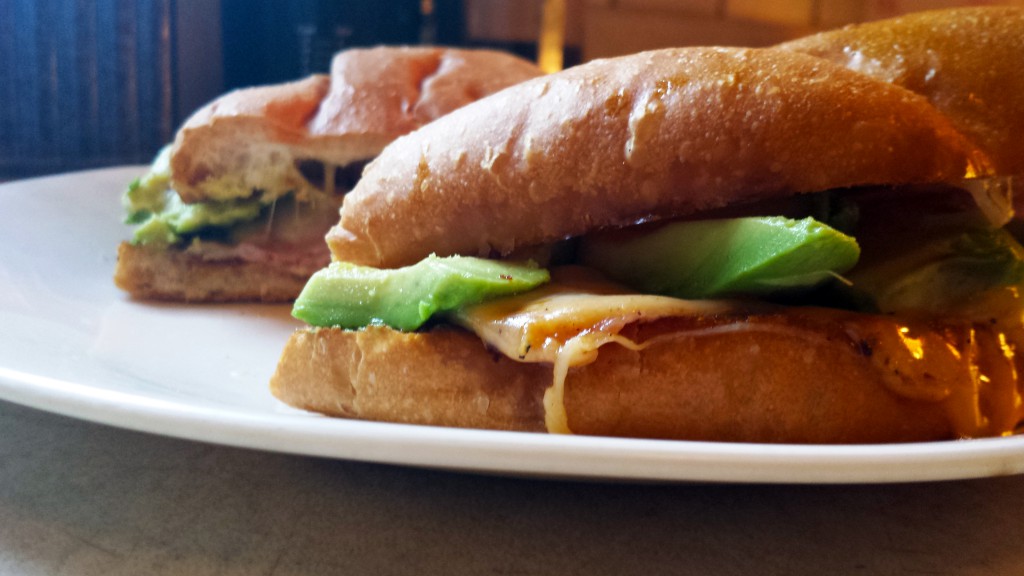
I can’t even tell you how good this sandwich was but maybe my wife can since she stole half of it for herself.
Continuing Studies
I’d nailed it, but I felt the sandwich deserved further work. The next day, I went on a bakery run, trying to find another bread option. I stopped by a nearby bakery called Breadsmith, which is apparently part of a chain of artisanal bakeries, looking for brioche buns. They did not have buns of any kind but I liked the look of the loaves of rustic Italian bread they had, so I brought one home.
On the way home from Breadsmith, I stopped at another local Mexican bakery called La Dolce looking for a suitable sandwich roll. La Dolce mostly does sweets and pastries–and they all looked delicious–but I was able to pick up a few bolillo rolls, essentially demibaguettes.
I made hot ham and gouda sandwiches with both, reverting to the simplicity of the sandwich without avocado but retaining the all-important griddle-everything approach. Both sandwiches were delicious, but again I preferred the combination soft/crisp texture of the bolillo over the sliced bread.
Enjoy Every Sandwich
I’ve spent the past couple of weeks working on this sandwich, and from what I can see, the Barros Jarpa is essentially very simple. It is only made complex by the wide array of alternatives when preparing it. You can make a great sandwich though, quite close (I hope) to the authentic item, by following a few simple rules. Here are my tips for making one, with a big tip of the hat to Francisco:
- Use a good quality sandwich bun rather than sliced bread
- Use simple deli-counter ham
- Any mild white/pale yellow cheese that melts well will probably work. Use Gouda though. Trust me.
- Griddle hell out of everything. Hot, crisp, and melty is what you’re going for here.
- Put some sliced avocado in there! Why not? You’ll thank me AND it is an authentically Chilean thing to do.
Or hey, forget rules! It’s just a sandwich. Ham. Melted cheese. Good bread. Enjoy it! That’s the authentically Chilean thing to do.

I like sandwiches.
I like a lot of other things too but sandwiches are pretty great


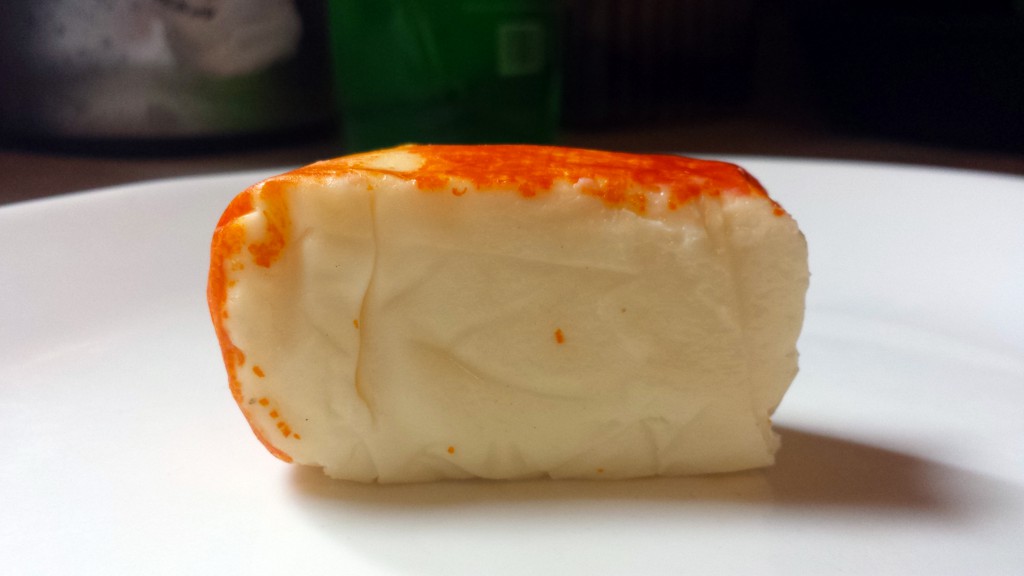
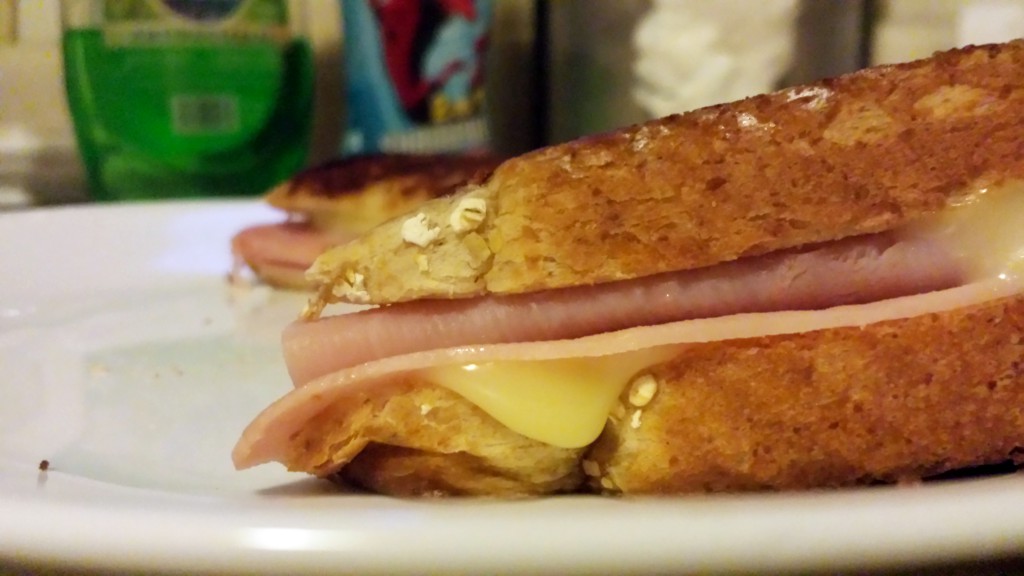
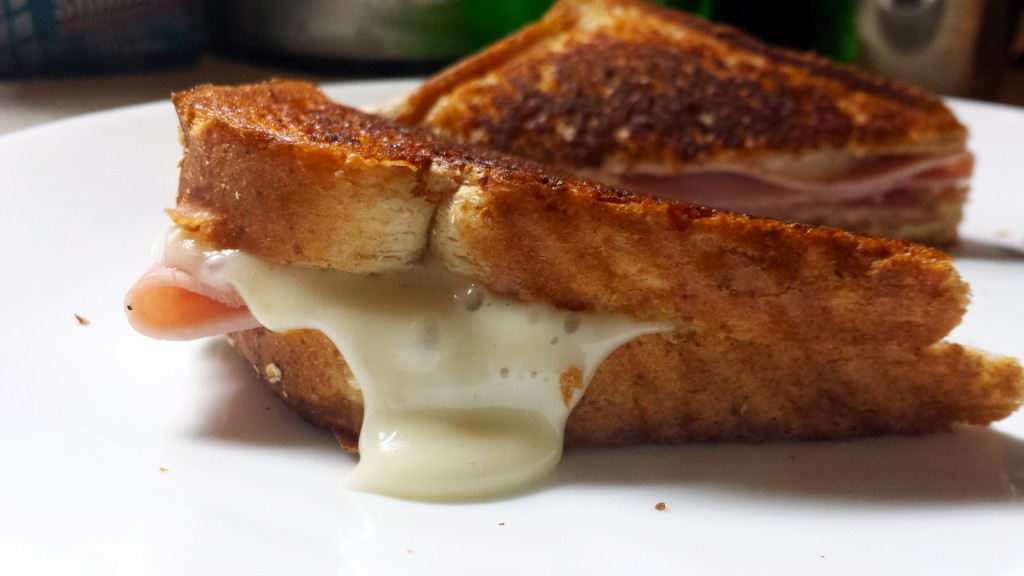
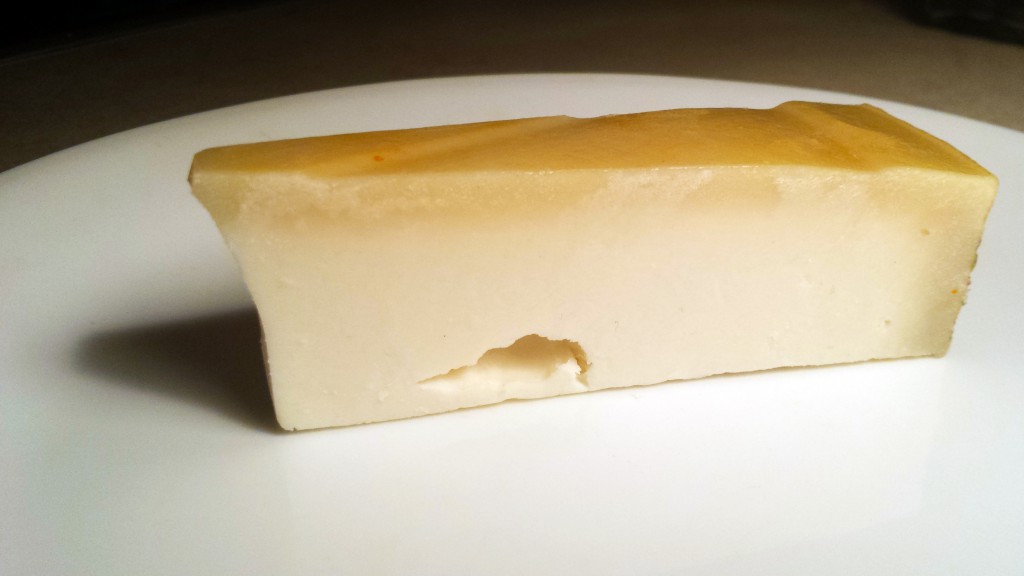
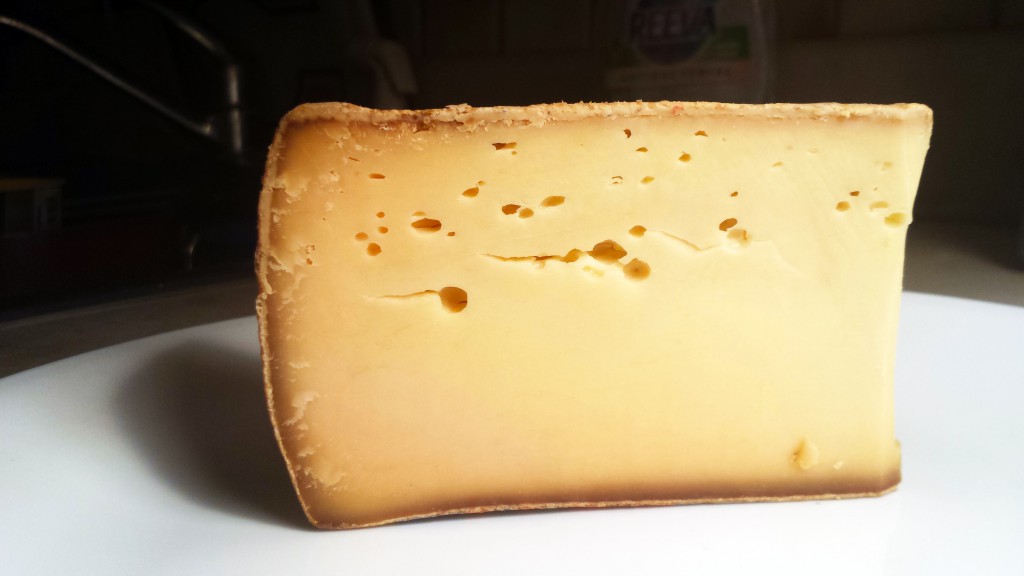
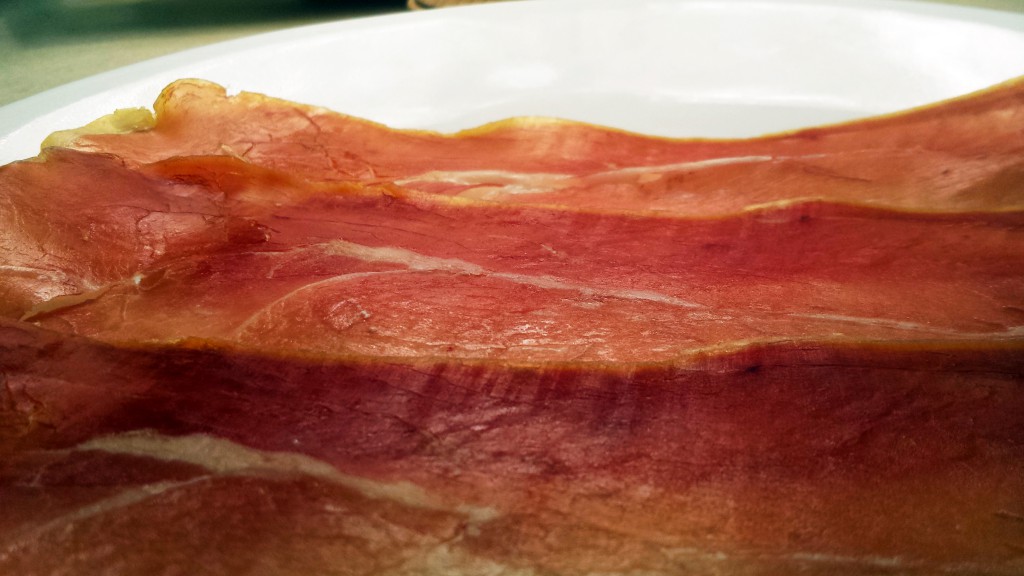
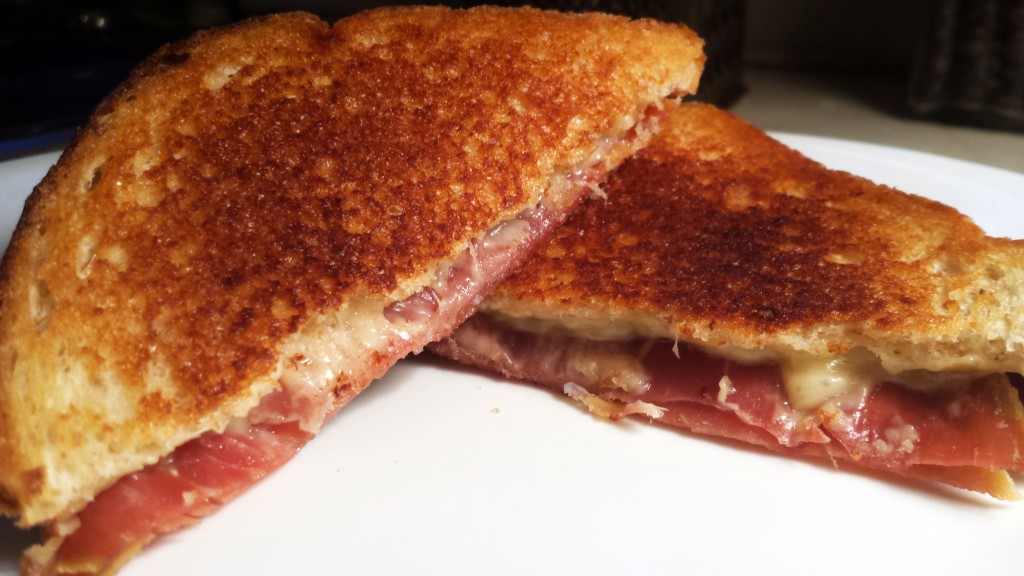
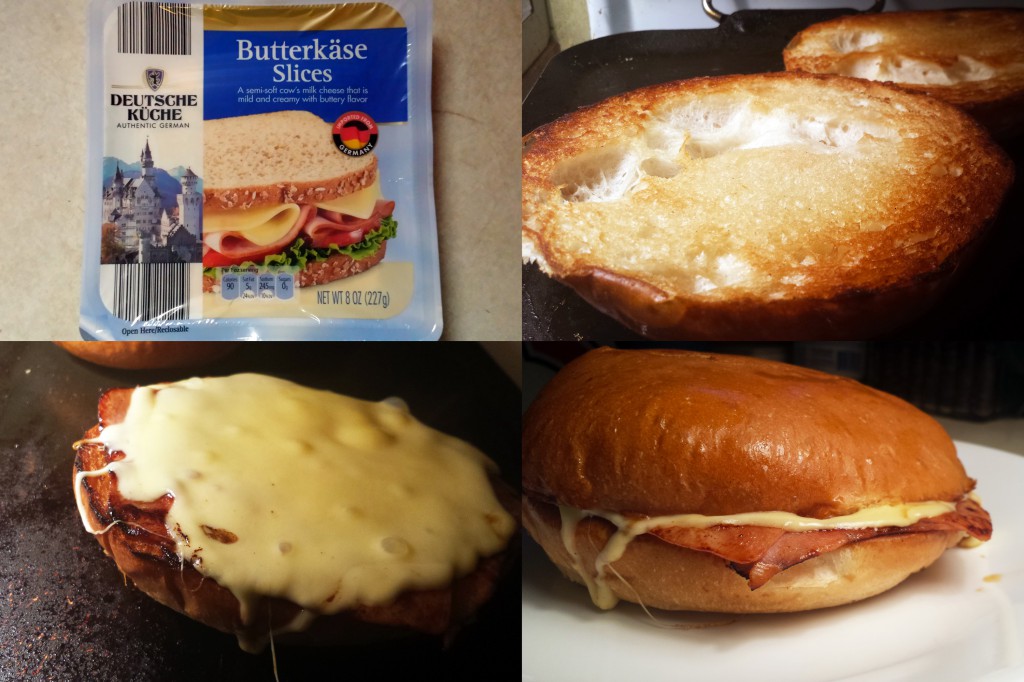
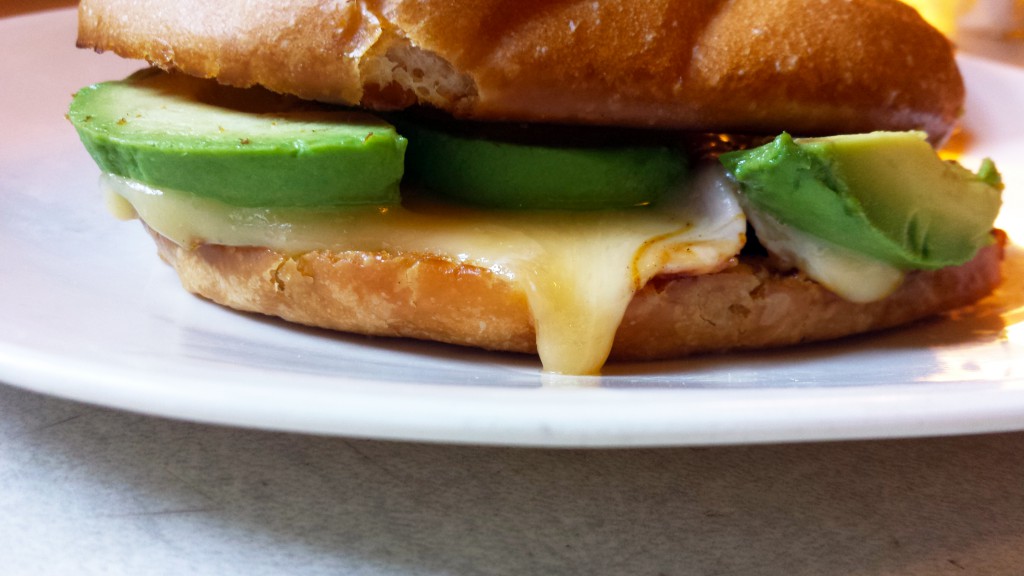
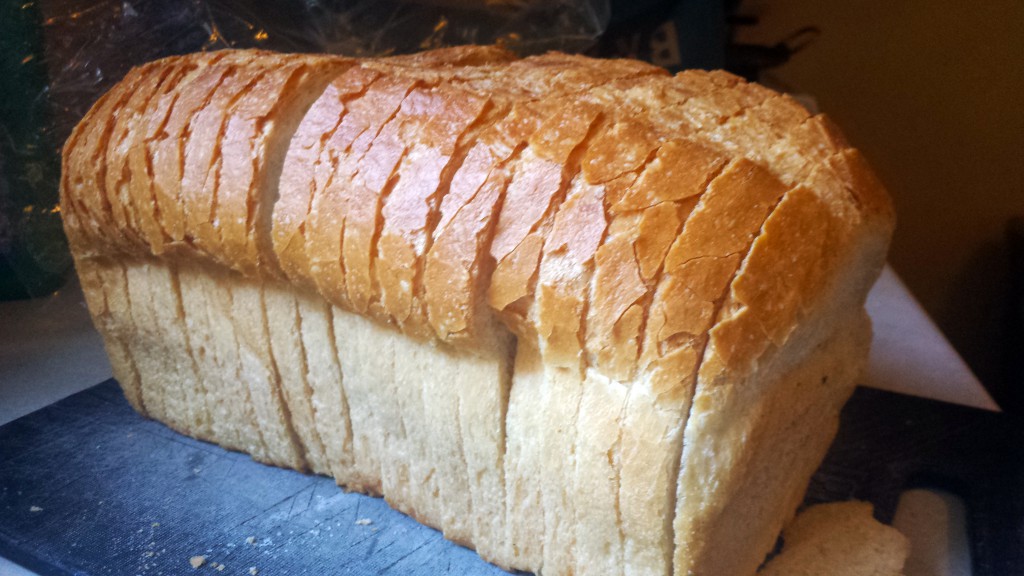
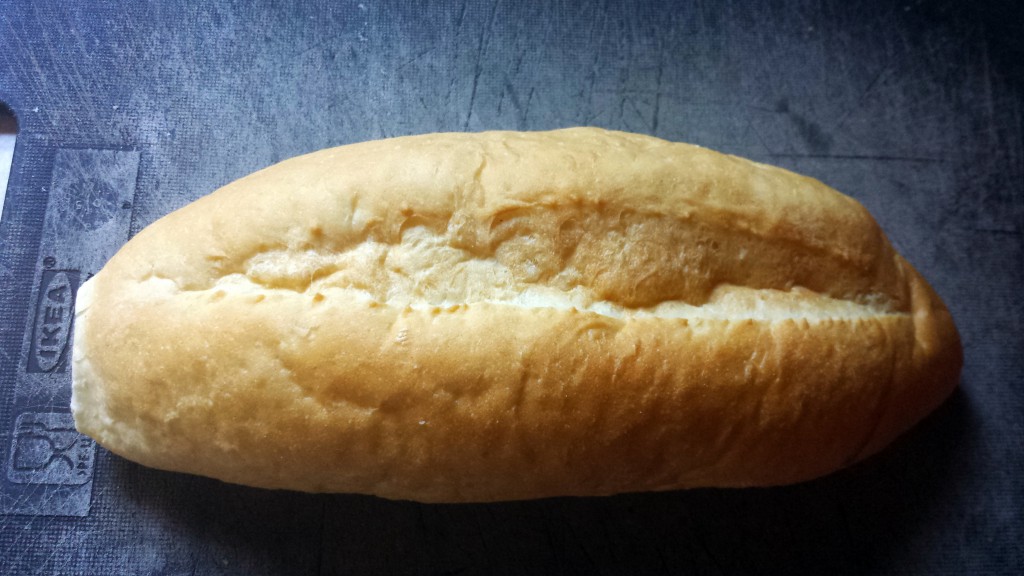
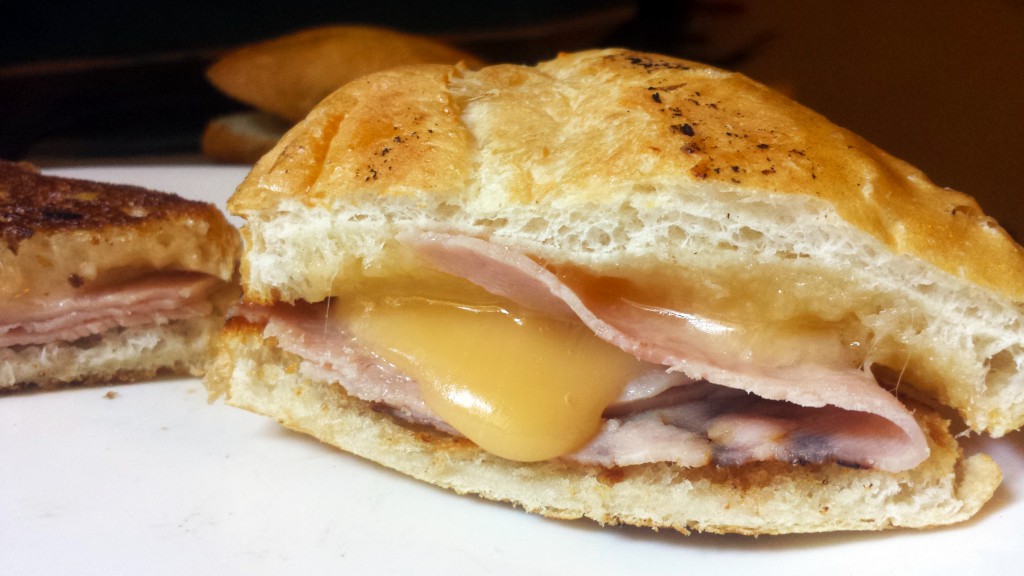
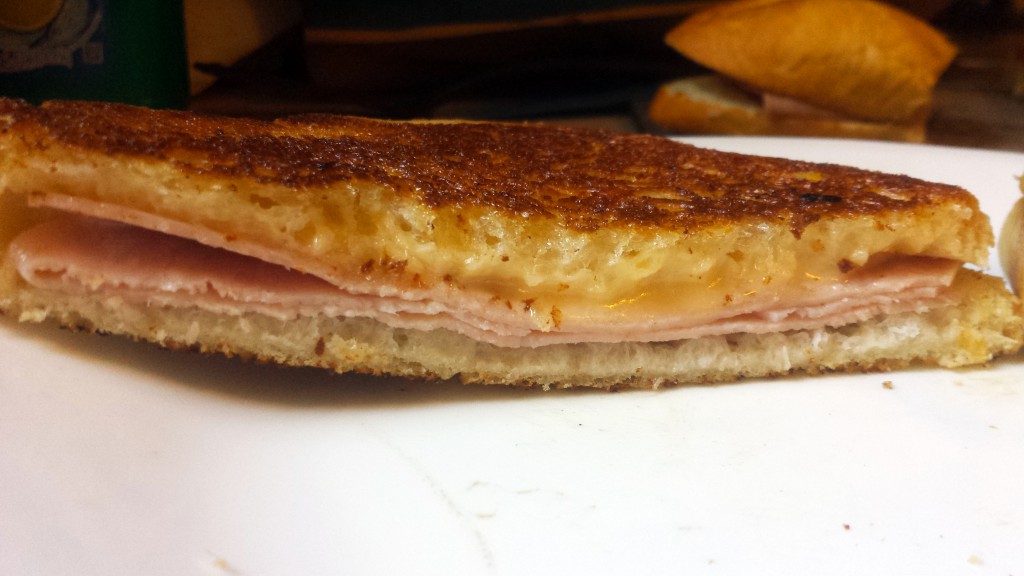
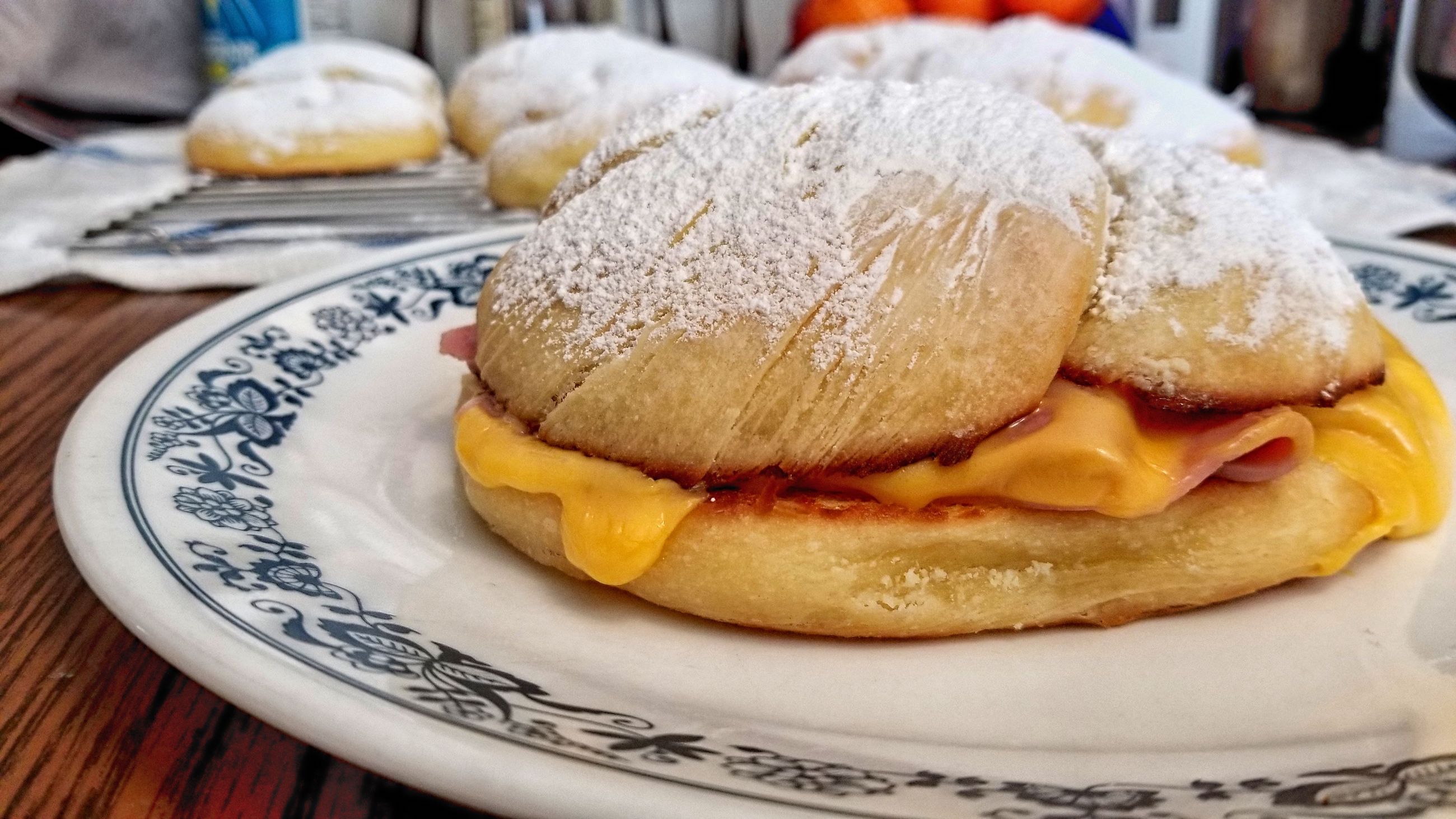

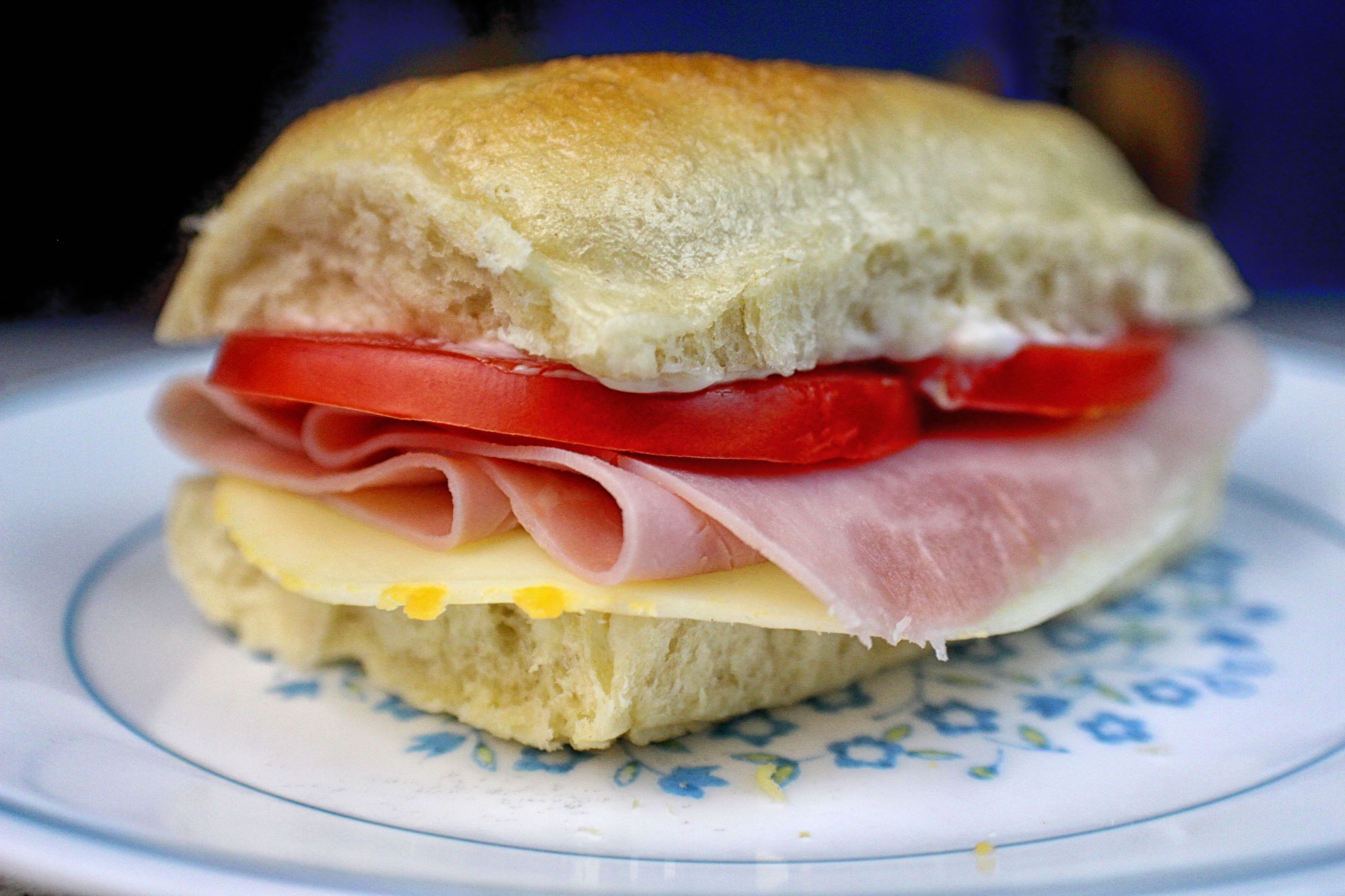






Great Article!! I really loved it and thank you for mentioning our blog. Adding the “palta” was the perfect idea…now I really want to make one myself! It’s been great talking to you and i look forward to more questions about other sandwiches or just being conected. Feel free to let us know of new articles since we’ll be happy to share it through our social networks!
Cheers from Chile
Francisco
http://www.bayessence.com
Killer post. A new standard for in-depth sandwich journalism!
This whole blogs makes me so happy, and hungry. Sandwiches forever.
You should go to the Cafe Torres, is downtown in Santiago, and the Cafe Vienes, wich is outside of Santiago.. They both have very good sanguches!
It sounds like a Sandwich Tribunal field trip is in order.
Qantas fly direct to Santiago. It may not be as silly as you think Josh…